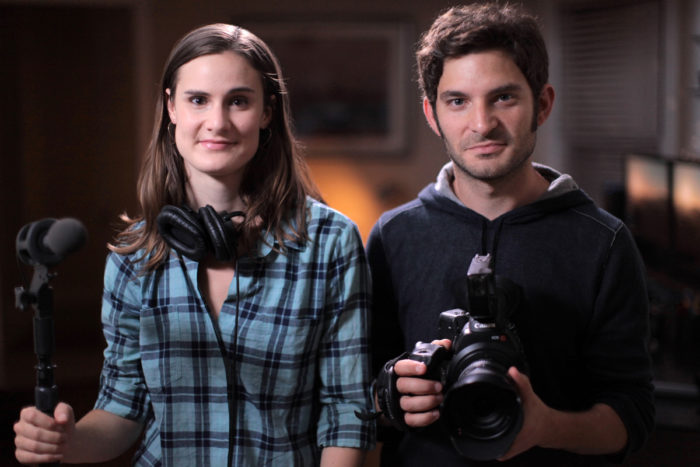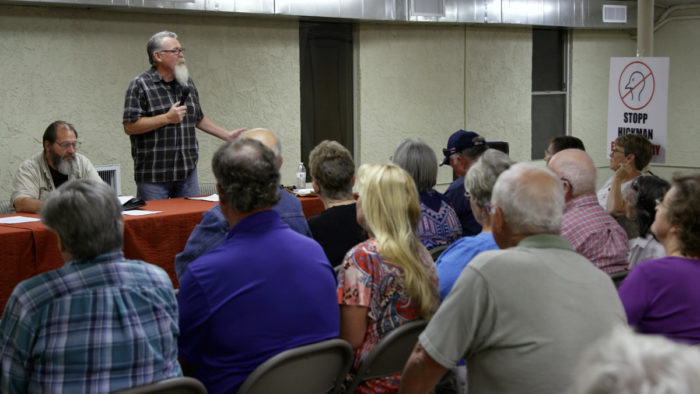Civil Eats: New Film Captures the Brutal Reality of Living Near Factory Farms
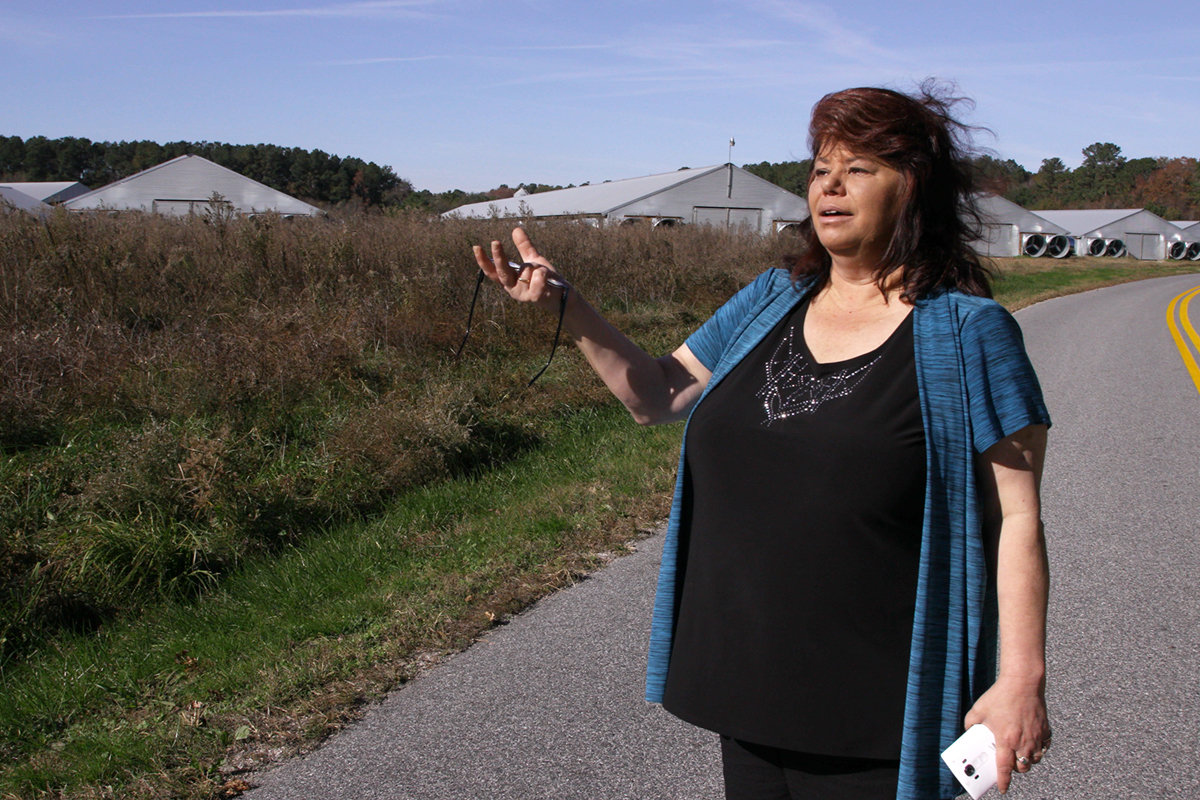
“Right to Harm” takes viewers into the lives of those fighting the impacts of CAFOs in communities across the nation.
By Lisa Held
In North Carolina, people recall being sprayed with liquid manure when giant hog farms move in next door. In Arizona, residents struggle to breathe outside their homes because of fumes emitted from massive barns housing 4 million laying hens. In Wisconsin, where large dairy operations abound, wells are contaminated with rotovirus and salmonella.
These are some of the communities that appear in Right to Harm, a new documentary about the people living beside concentrated animal feeding operations (CAFOs) and the battles they’re waging to protect their health and quality of life.
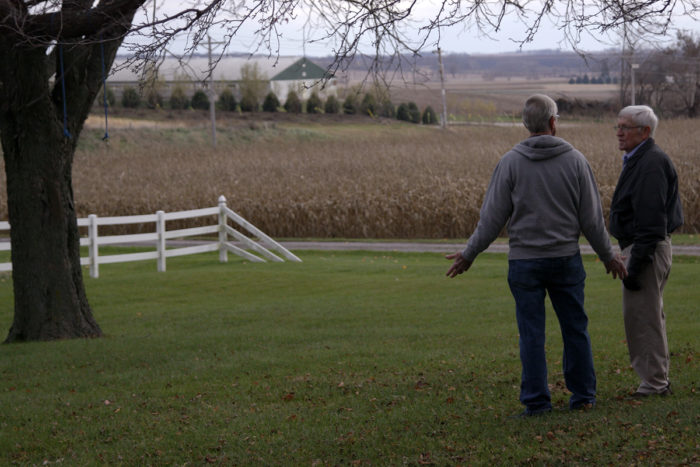
It’s the latest project from Matt Wechsler and Annie Speicher, the filmmakers behind Sustainable, a film that shines a light on people producing food outside of the industrial system. In the process of making the first film, the team say they were tipped off to how communities living near factory farms were paying some of the invisible costs of “cheap” meat and dairy production.
“We wanted [Sustainable] to be about land and how these farmers were stewards of that land,” Wechsler said. “We knew we couldn’t include some of the stuff we were learning … so, we started the process of making this second film the day before we finished the first.”
Right to Harm introduces the audience to multiple communities that are either working to prevent additional factory farms from moving in, trying to get government agencies to regulate air and water pollution, or suing companies for making them sick and destroying their property values. Many of the groups are also connected by the Socially Responsible Agriculture Project (SRAP), a national organization that has often flown under the radar as it has worked to help build community power in the face of CAFOs.
All of the efforts in the film are hampered by states’ “right to farm” laws (hence the title). These laws—which are on the books in all 50 states—were meant to prevent nuisance lawsuits by neighbors, and are often used by agribusinesses to skirt regulation and legal action. In recent years, the industry has been pushing states to tighten the laws even further in the wake of successful lawsuits like those taken up in North Carolina against Smithfield.
Right to Harm is an official selection at the Big Sky Documentary Film Festival, and food journalist Mark Bittman is among its executive producers. Wechsler spoke with Civil Eats recently about making the film and the goals that extend beyond the theater.
What made you decide that it wasn’t enough to just show people what good farming practices looked like?
I come from a very conventional eating background…my parents can share stories of how I wouldn’t eat vegetables. I fell in love with cooking when I finally lived on my own, and started to love the idea of whole-food cooking, and then I watched Food, Inc. and realized I should be sourcing more organic, but I still wasn’t into farmers’ market experiences. I felt like if someone like me can convert to shopping at a farmers’ market and buying food from more sustainable outlets, then perhaps anybody can do that.
What I came to realize … is that there are political factors that {keep} cheap food cheap. And how can we show that this cheap food system is inherently wrong and disproportionately affects some members of our society and is un-American in how it exists?
How did you find the communities and individuals all over the country that are profiled?
I was lucky to meet Kendra Kimbirauskas [also an executive producer of the film] at an event in New York; she was working with SRAP, [which is] a resource for all of these local communities to have legal help fighting factory farms. It was clear that, through Kendra, we could find some amazing stories. We wanted to show [factory farming] affecting all kinds of people with different economic backgrounds, political views, and racial backgrounds—all over the country. It’s a large cross-section across America, but it’s a population whose voices are lost in the wind.
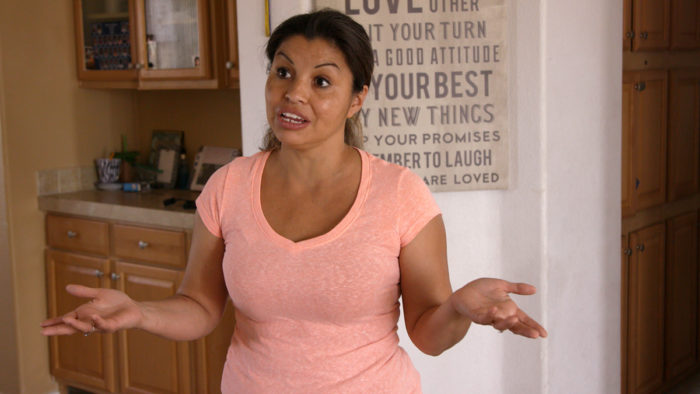
What surprised you the most while filming?
Honestly, I couldn’t believe how bad the smells were. I had just come off this whole film about ag where I had been on these amazing [sustainable] farms. Then I did the exact opposite. I grew up horseback riding a lot, and being out on a prairie on a horse and smelling manure was a pleasant, sweet smell that reminded me of nature. It’s the polar opposite with these confinement operations, [which emit] the most putrid, disgusting smells. It immediately gives you a headache, messes with your sinuses. Annie and I both experienced it. It puts you on edge, mentally. I can’t imagine dealing with it on a daily basis. Your spirit is just worn down, and it seems like that’s the goal of the industry, to get these people to move out.
How have audiences been reacting to the film so far?
There are two reactions that I see: There are people who are already fairly knowledgeable about this and they are just happy to see it getting out there. And the ones who don’t really know much about it … they are just speechless. They don’t even know whether or not to believe it. They almost don’t know what they’re watching, and whether to think that it’s some sort of propaganda.
People don’t want to believe the food they eat is harming people like this.
Your website says a “comprehensive social action campaign” is coming. What will that look like?
We’re hoping to launch pretty soon, hopefully by July 1. We’ll help people find local spots where they can source pasture-raised meat, poultry, eggs, and dairy and connect people to local community groups fighting these issues. We’ll be putting together a list of various campaigns from organizations to raise awareness or fight [for] regulation. And we’ll have solutions for anyone living next to a CAFO—a way for them to connect with large organizations that can help them in their battles.
Festival and public screenings, which will be posted on the film’s website, will ramp up in May and continue through the summer. Wechsler says the team is particularly focused on hosting screenings near the communities featured and in other rural areas “where there aren’t many opportunities to see films like this.”
This article was updated to reflect the fact that wells were contaminated with rotavirus, not norovirus.
